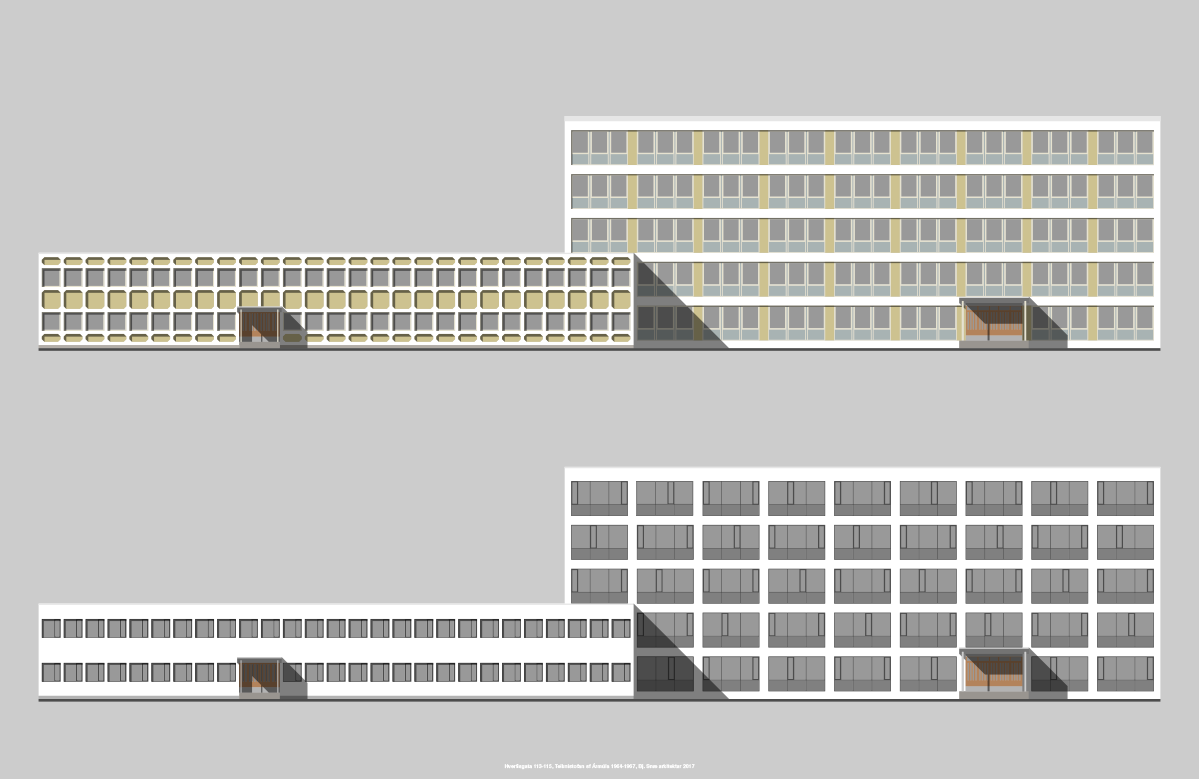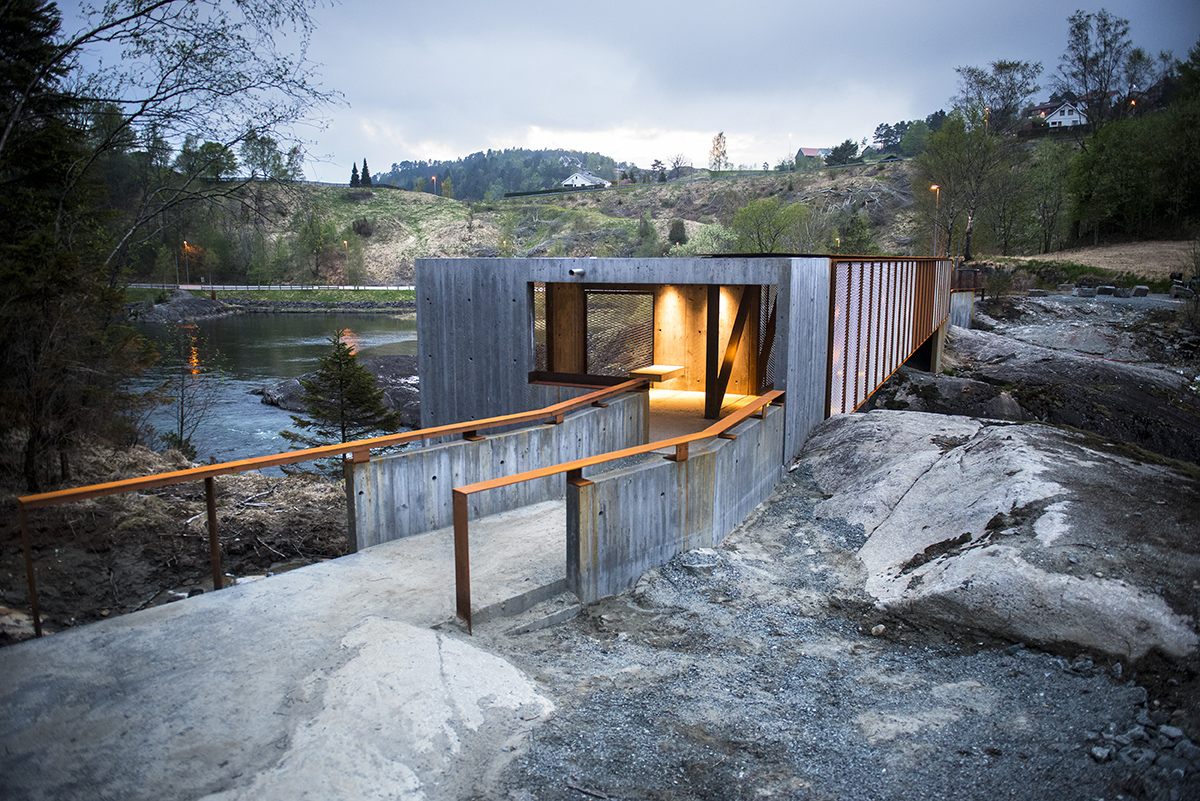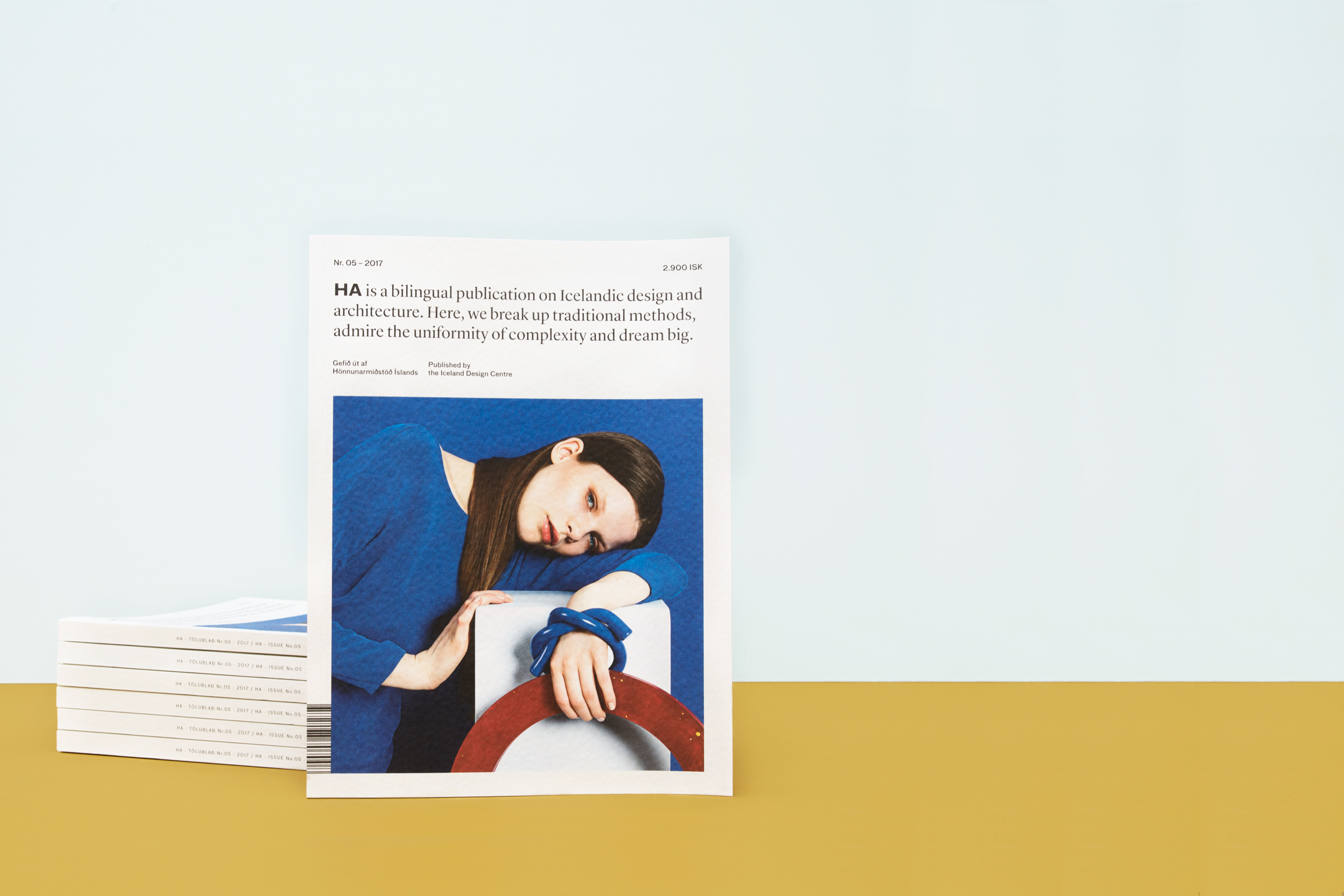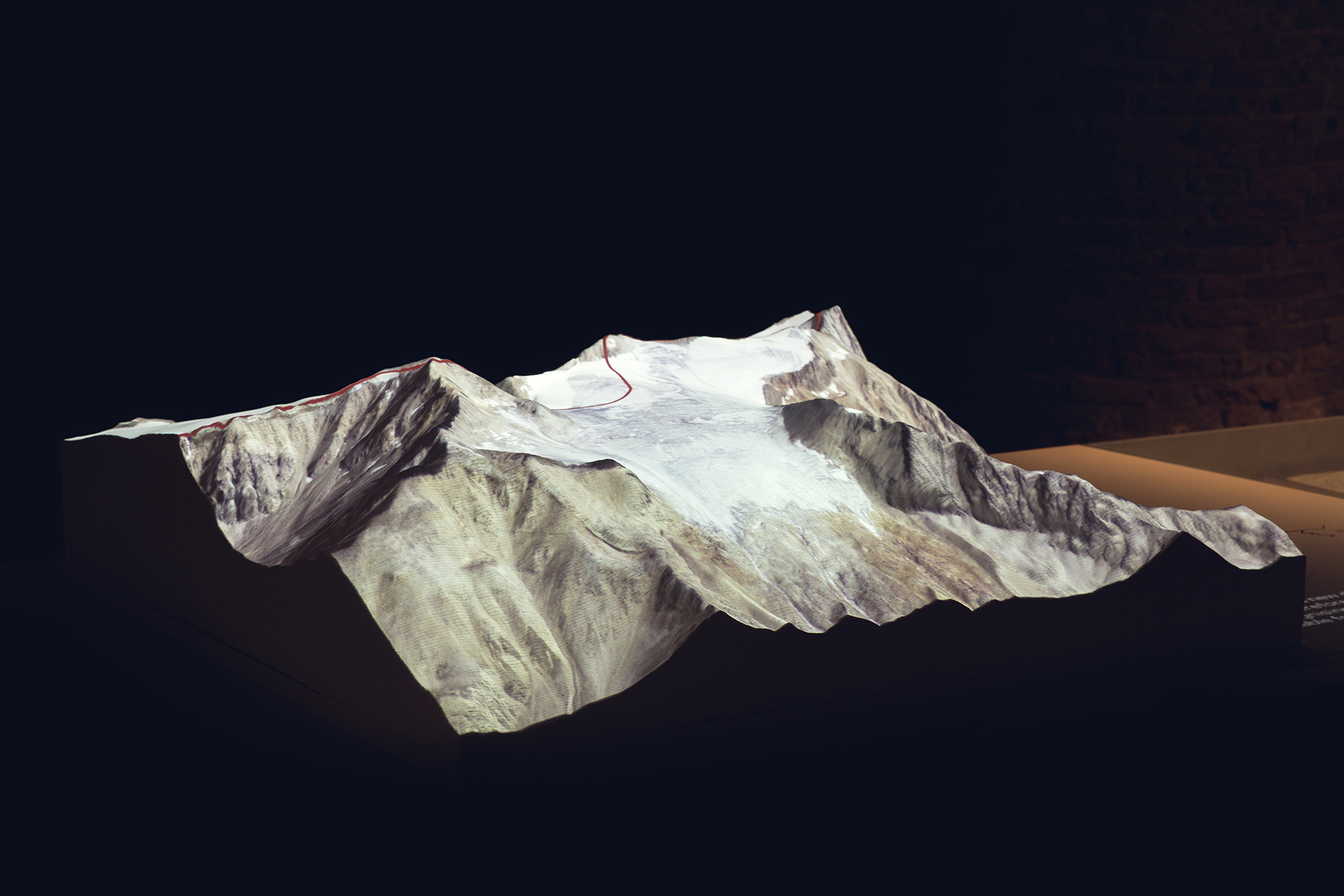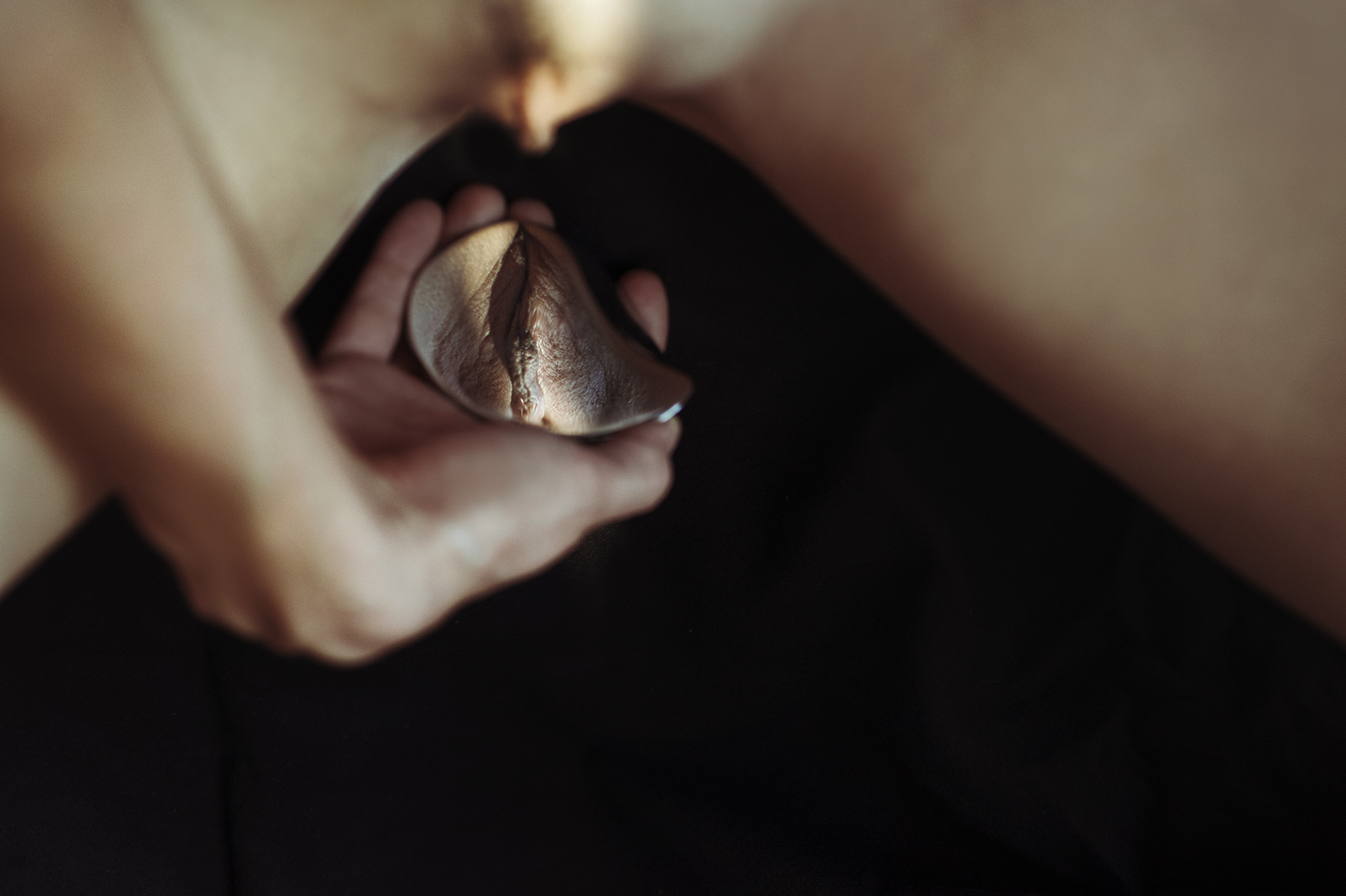In our DesignTalks Spotlights, we’re going into the Who, What, When, Where, and Why of what you should know about each of our DesignTalks speakers and why we are so excited about their work. We covered Christien Meindertsma in our first post, Alexander Taylor in our second post, Ersin Han Ersin in our third, and most recently Michèle Degen. Next is the formidable work of Studio Folder. Who? Cerebral and daring, Studio Folder is a design and research agency founded by Marco Ferrari and Elisa Pasqual. The studio was established in 2011 and is based in Milan, Italy. The agency works “both in the cultural and commercial domains and through the investigation of autonomous research paths.” Studio Folder focuses on the visualization of ideas and concepts through a diverse range of work in Italy and abroad, including editorial, art direction, exhibition design, brand identities, data visualization, web platforms and curatorial projects. An architect and designer, Ferrari’s main research interests hinge upon the understanding of contemporary technology and its effects on society, and the relationship between cartography and politics. He works across a …
